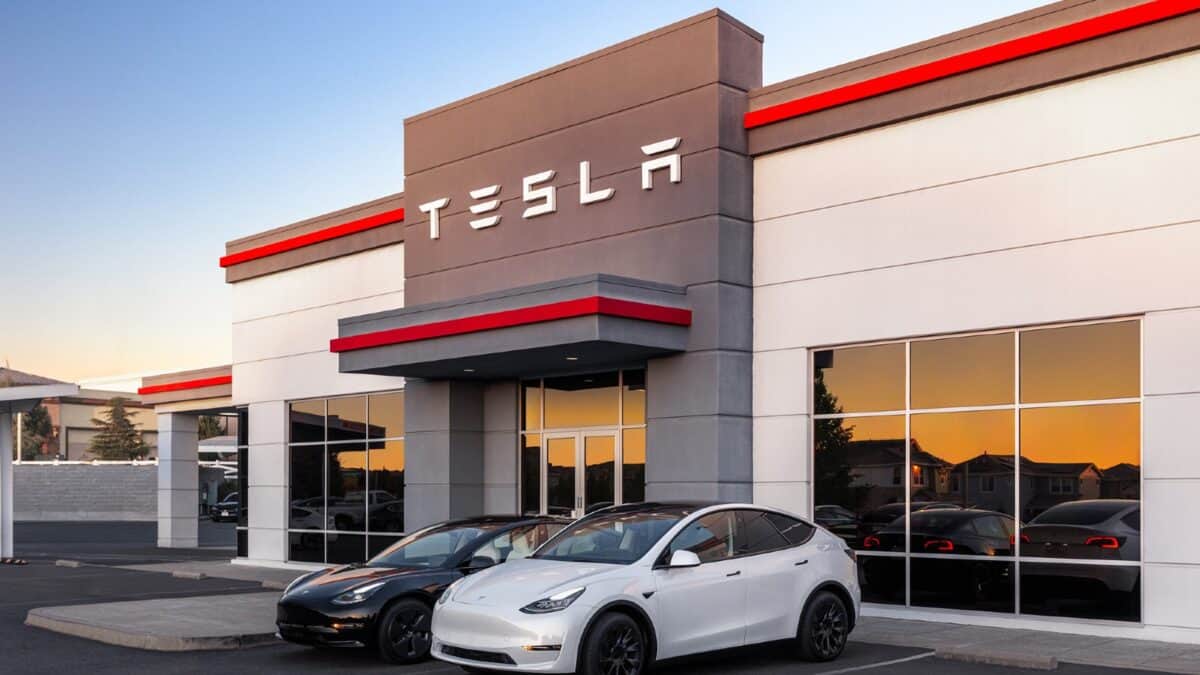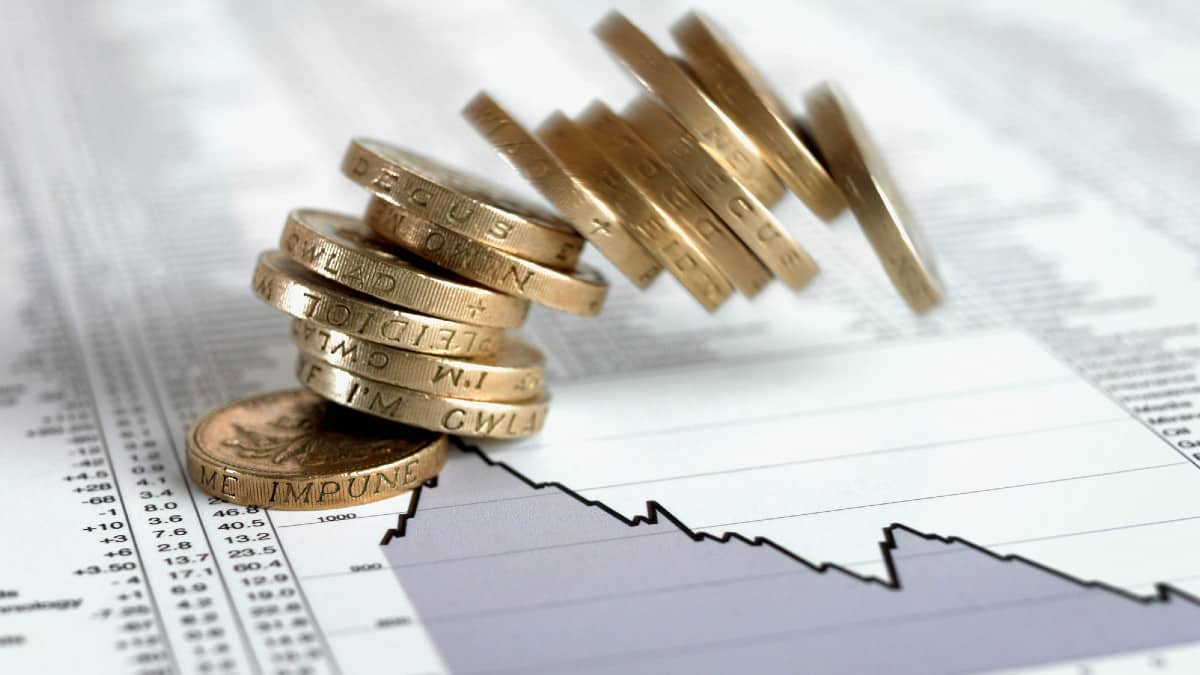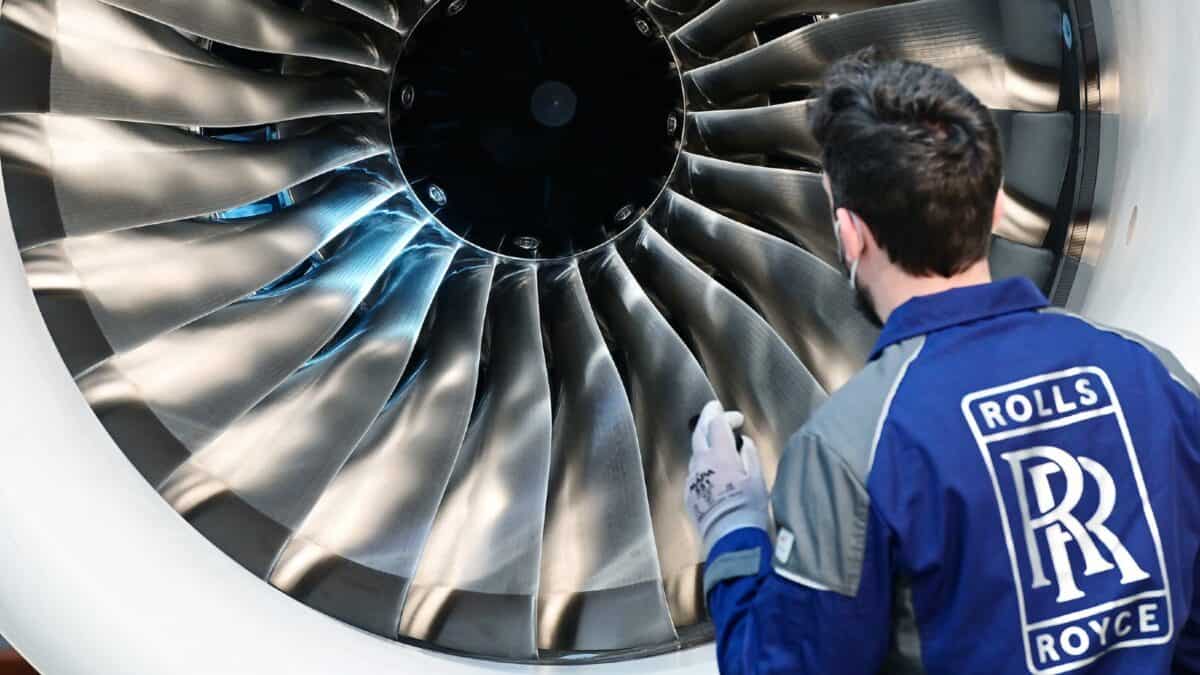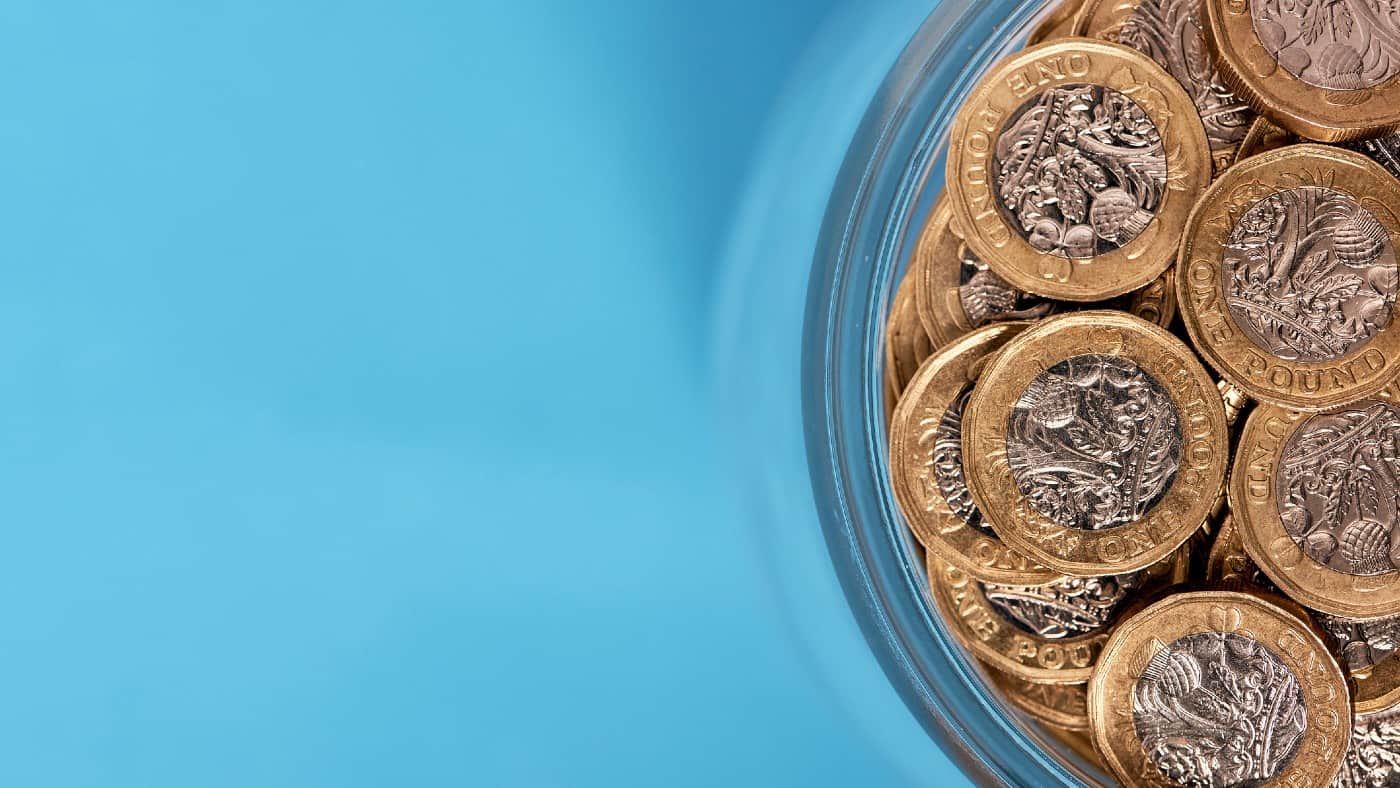Image source: Getty Images
Last year, I decided it was a brilliant time to buy UK dividend shares, as so many were dirt-cheap and offered ultra-high yields.
I thought those yields would look even better once interest rates headed south, and savings rates and bond yields followed. Also, I thought that would light a fire under the economy, boosting undervalued FTSE 100 stocks across the board.
The base rate remains stuck at 5.25% but my theory is starting to play out as the first cut looms. My shares in Lloyds Banking Group are up 36.36% over 12 months, while housebuilder Taylor Wimpey is up 51.47%.
High income hopes
Others have yet to take off. Insurer Legal & General Group is climbed just 3%, but I hope for better when interest rates are finally cut, which could be as soon as September. So are UK equities ready for a return to favour?
That’s a question that Russ Mould, investment director at AJ Bell, has been addressing. He notes that UK shares look cheap, trading at between 12 and 13 times earnings, compared to a “meaty” 23 times for the US.
The FTSE 100 has been held by its lack of exposure to high-growth sectors such as technology, being heavily weighted towards financials, oils, consumer staples, and miners.
Yet that may change. Mould reckons an era of higher inflation, GDP growth, and interest rates may suit UK cyclicals and financials better than the “low inflation, low growth, low rates sludge of the 2010s” that favoured US tech. The next decade could be better than the last for London-listed shares.
FTSE firms pay some of the most generous dividends in the world but there’s a catch. Just 10 firms represent 55% of forecast 2024 total.
Oil giant Shell (LSE: SHEL) will be responsible for 8.9% of the total dividends on the index, with HSBC at 11.3% (as the table shows).
| Top 10 FTSE pre-tax earners, 2024E | Top 10 FTSE 100 dividend payers, 2024E | |||||
| £ billion | % of index total | £ billion | % of index total | |||
| Shell | 31.2 | 12.6% | HSBC | 8.9 | 11.3% | |
| HSBC | 26.1 | 10.5% | Shell | 7.0 | 8.9% | |
| BP | 17.5 | 7.1% | BAT | 5.3 | 6.7% | |
| Rio Tinto | 14.0 | 5.7% | Rio Tinto | 4.2 | 5.3% | |
| BAT | 10.2 | 4.1% | BP | 3.9 | 5.0% | |
| AstraZeneca | 8.8 | 3.5% | AstraZeneca | 3.8 | 4.8% | |
| Unilever | 8.1 | 3.3% | Unilever | 3.7 | 4.7% | |
| GSK | 7.4 | 3.0% | GSK | 2.5 | 3.2% | |
| Barclays | 7.2 | 2.9% | National Grid | 2.2 | 2.8% | |
| Lloyds | 5.9 | 2.4% | Lloyds | 1.8 | 2.3% | |
| 55.1% | 55.0% | |||||
Interestingly, Shell’s yield isn’t that high at 3.63%. It’s forecast to climb 3.82% in 2024 and 4.06% in 2025, but even so.
FTSE 100 comeback
The Shell share price has done pretty well, up 21.34% in a year. That pushes the total return towards 25%. It’s volatile and dependent on energy prices. Over five years, the stock is up just 8.12%. Throw in the energy transition challenge and I’m sure not gasping to buy it. On the plus side, it is cheap, trading at 8.66 times trailing earnings.
I can find far higher yields than that, which is the beauty of the FTSE 100. Like Russ Mould, I expect things to get better for UK shares. He notes that we are now a haven of political stability, contrasting nicely with the US and Europe.
We might just emerge from a slowdown just as the US enters one, he adds.
The total cash yield across the FTSE 350 is 6.8%, Mould says. “That figure compares very favourably to the 5.25% Bank of England base rate, the 10-year gilt yield of 4.09% and inflation of 2%.”
After a tough decade or more, undervalued UK dividend shares may finally be about to feel the love again. That’s certainly the way I’m betting.
Credit: Source link














